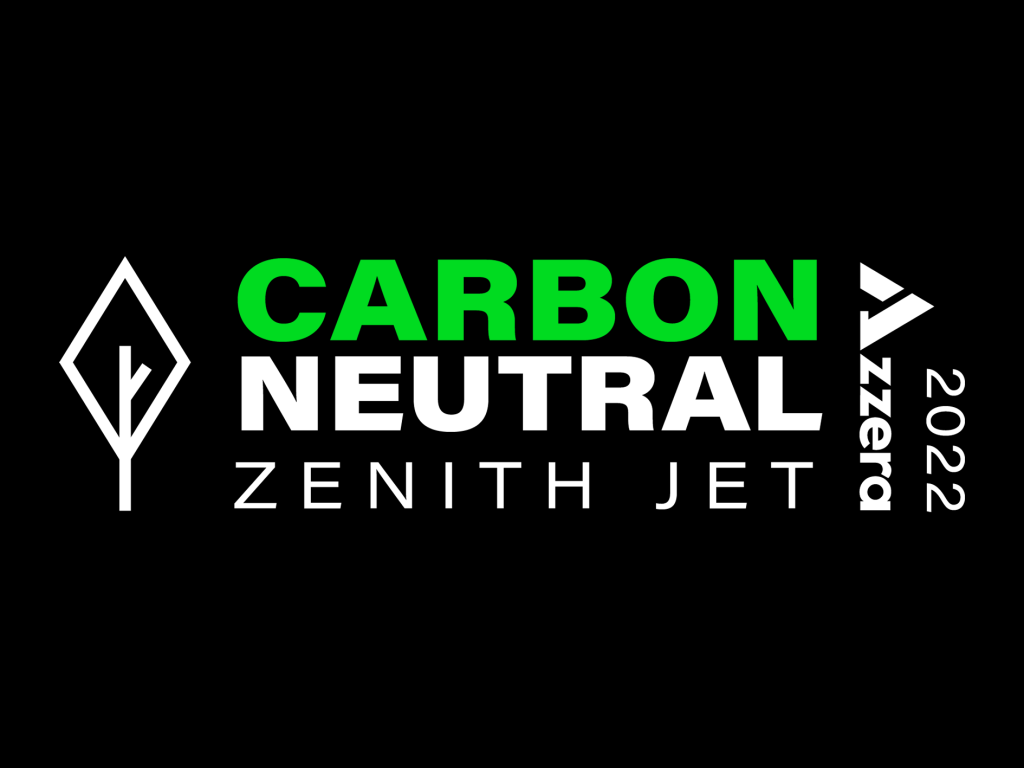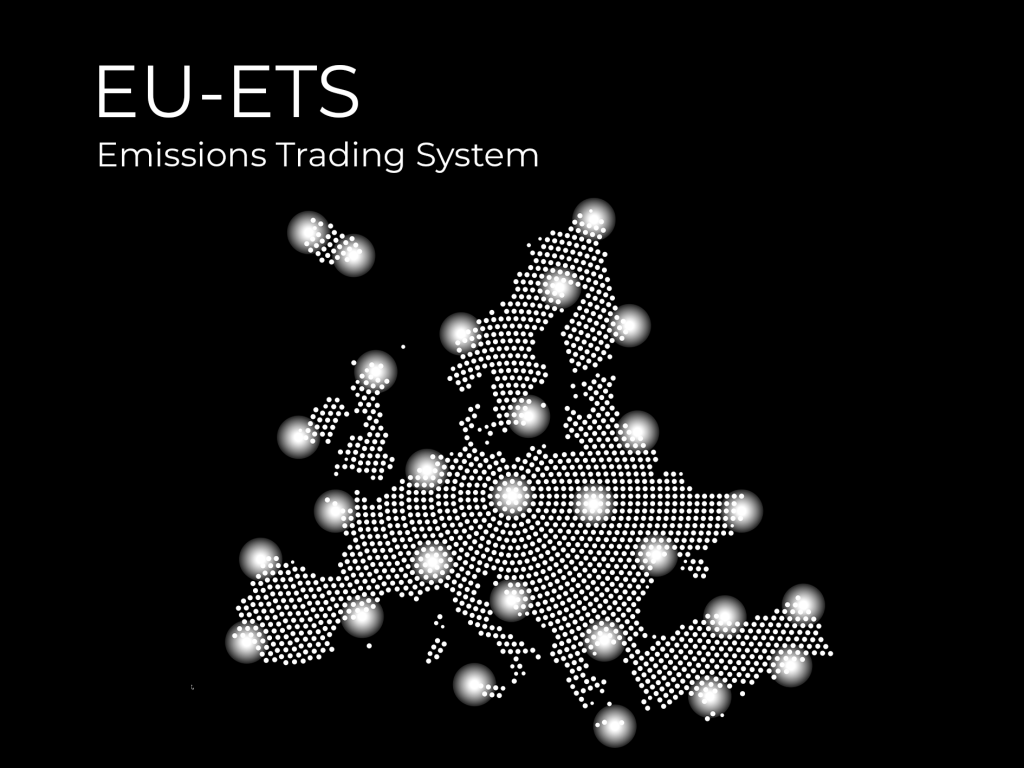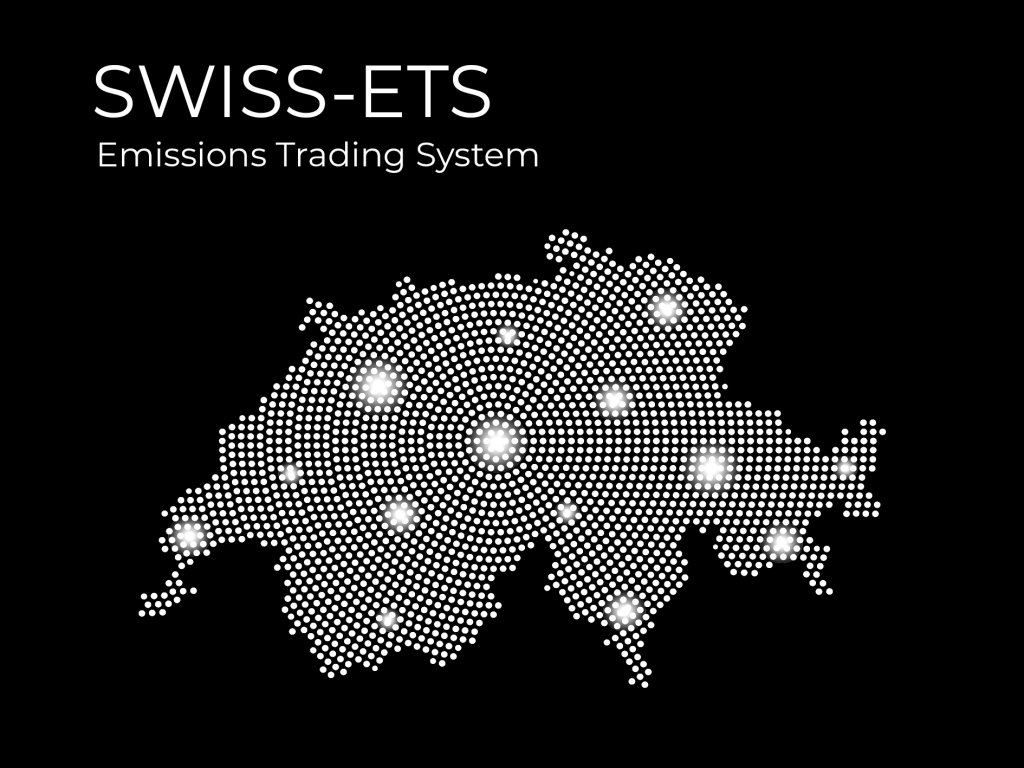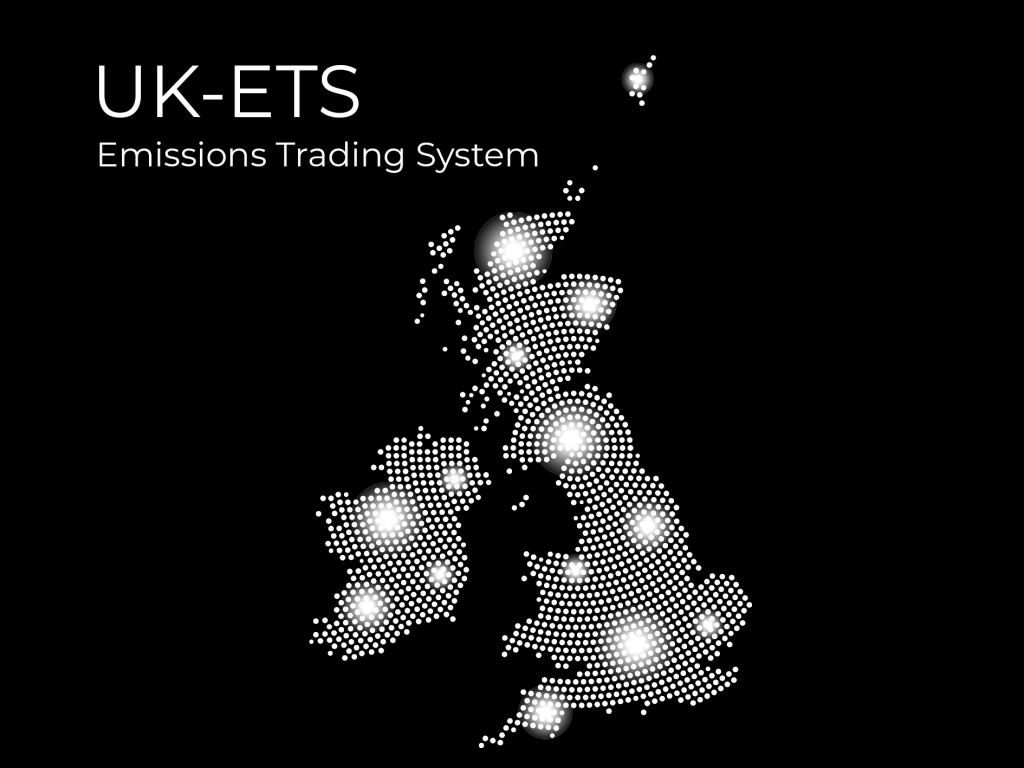A Comprehensive Approach to Business Jet Acquisitions

A business jet acquisition is a significant investment that requires more than just financial resources. It demands expertise, meticulous planning, and an in-depth understanding of the aviation industry. At ZenithJet, our comprehensive approach ensures that…
The Value of Aircraft Completions Oversight When Purchasing a Brand-New Aircraft

Purchasing a brand-new aircraft is a significant investment that extends beyond the initial acquisition. The completion process is a critical phase that can greatly influence the overall satisfaction and usability of your new aircraft…
Aircraft Damage Assessment: A Guide for Private Jet Owners

Should your private jet sustain damage, be it from weather related incidents, hangar fire suppressant mishap, or an operational incident, your next steps…
ZenithJet Oversees First Global 7500 Completion

Montreal-based ZenithJet has more than 100 Bombardier Global projects under its belt that include maintenance, refurbishments, acquisitions, and …
EVA Magazine – Nick Houseman discusses the environmental challenges facing business aviation

Check out the Spring edition of EVA where Industry veteran and advocate for sustainability Nick Houseman discusses the challenges our industry faces as we work towards reducing emissions generated from aviation …
ZenithJet offsets 200% of its GHG footprint using Azzera

ZenithJet can offset its emissions by investing in the removal project types that adhere to the highest standards and are helping to remove CO2 emissions …
ZenithJet Announces New Sustainability Services Clients

ZenithJet today announced its first sustainability clients. These companies represent a comprehensive cross-section of the business aviation industry…
What is EU Emissions Trading System – EU ETS?

The European Union Emission Trading Scheme is the first and largest emission trading system to …
What is Swiss Emissions Trading Scheme – Swiss ETS?

Swiss ETS is a cap-and-trade system designed largely in accordance with the same rules governing …
What is UK Emissions Trading System – UK ETS?

The UK Emission Trading Scheme (ETS) is a cap-and-trade system run by the government to reduce …

